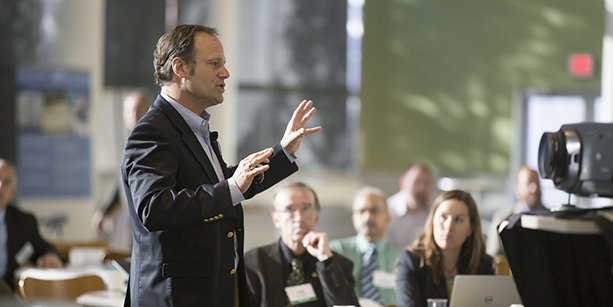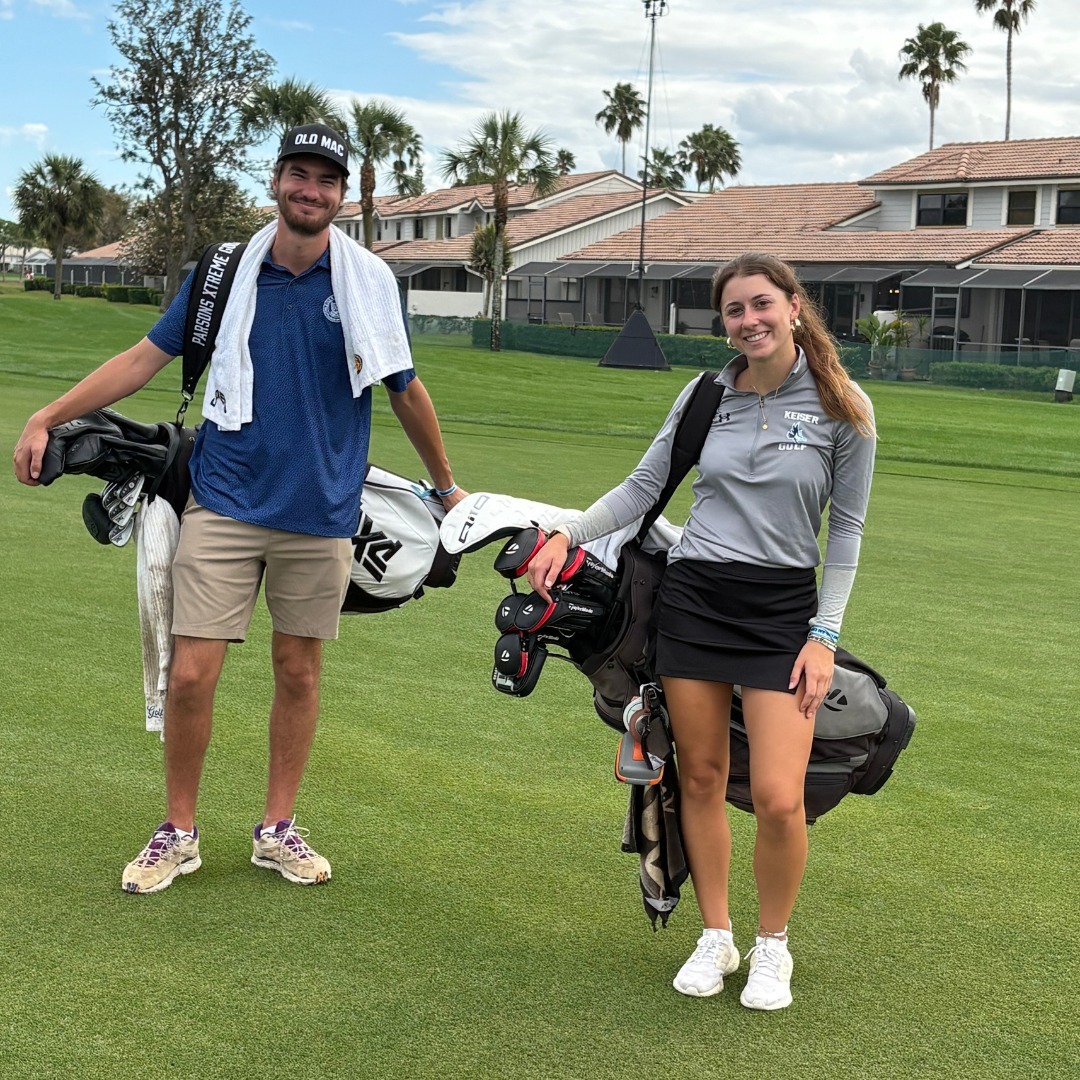We find relatively few public consultations presented by accredited standards developers in the human resource domain; surprising because human resources are the largest cost center in nearly every industry. Alas, manufacturers, insurance and conformance companies remain the strongest voices; the “wicked problem” we describe in our ABOUT.
Even before the circumstances of the pandemic inspired a revisit of large government politics and cultural mashing in education communities in the United States we could hear the first footfalls of disruption when ANSI catalyzed the creation of a related entity in 2014, described in the link below:
WORKCRED: Connecting credential, competencies, careers, customers
The proper business of the education industry overall — and the ~$500 billion facility segment we track — is preparing the workforce everywhere to contribute to national economic priorities. There is a strong cultural component in the human resource domain — i.e. branding — the topic of another post. For now, we simply suggest that much of the economic activity of education communities is devoted to building a cohort (or guild) that creates an emotional bond that hastens learning and a continual desire to self-educate to remain part of the cohort.
At the moment, the WORKCRED program at this point in its development, appears to provides guidance to conformance and compliance organizations among its members. The user-interest in the education facility industry, at least dependent on a skilled workforce as any economic sector, and welcomed to participate. We identify the initiative here and will keep a weather-eye out for commenting opportunities on draft consensus products emerging from it. The link below should provide a more detailed overview of the program until a “commentable consensus product” suitable for incorporation by reference into legislation is released.
Understanding Successful Career Pathways with Certification & Education Data | January 19, 2021
Of course, there will be cultural competition among the guardians of the cohort.
Organizations with their own credentialing enterprises for skilled trades, ICT, software engineering, etc. — are encouraged to communicate directly with the WORKCRED staff (CLICK HERE).






















